Celebrated globally on 21 June World Music Day brings home one of the most precious traditions of human culture. India has particular reason to rejoice on this special day given its fantastic range and diversity of music forms.
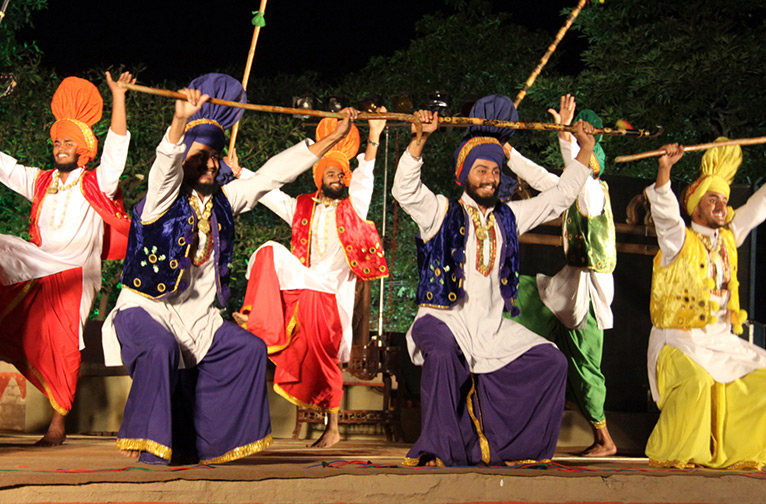
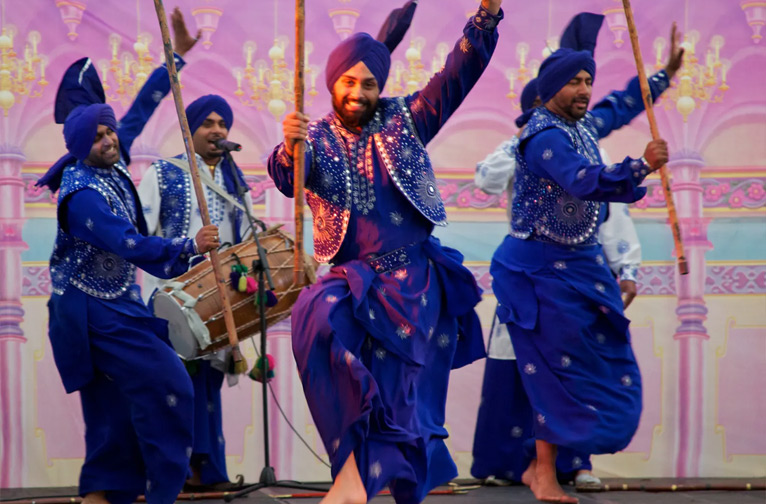
While visiting Amritsar and its surrounding countryside, you will encounter one of the most vibrant traditions of folk music. And where there is Punjabi music can dance be far behind? The vigour and vitality of folk music and dance (lok git and nach) traditions have been significant in defining Punjabi identity. Punjabi folk songs have transcended global barriers on the shoulders of the volatile bhangra, in the form of Punjabi pop and bhangra rock steaming up dance halls from London to Toronto. Mostly boli-style of music is performed across Punjab, but in the Sindh area in the west, the dhoola and mahiya- style prevail. Instruments such as toombi, algoza, chheka, chimta, kaanto, daphali, dhad and manjira play a prominent role in folk music. When you visit the Golden temple, the sweet sounds of the Gurbani (kirtan or hymns) will fill your ears to your delight. The performances are in pure ragas and talas with the rebab, dilruba, sarod taus and pakhawaj as faithful companions. Essential to Punjabi cultural role of sacred music is also defined as the singing of the bani of Guru Nanak, to the accompaniment of instruments such as the rabab and ektara. The holy Sikh book Guru Granth Sahib has a massive glossary of music and ragas used to recite the 1500+ verses in it. Sung at festivals and gurdwaras martial songs known as dhadi or ballads highlight the valorous deeds of the Sikhs. Punjabi Sufi poetry of Bulleh Shah, Baba Farid, Shah Hussain, Sultan Bahu, Ghulam Farid was revitalised in the form of the Qawwali another musical tradition introduced by Sufi poet Amir Khusrau.
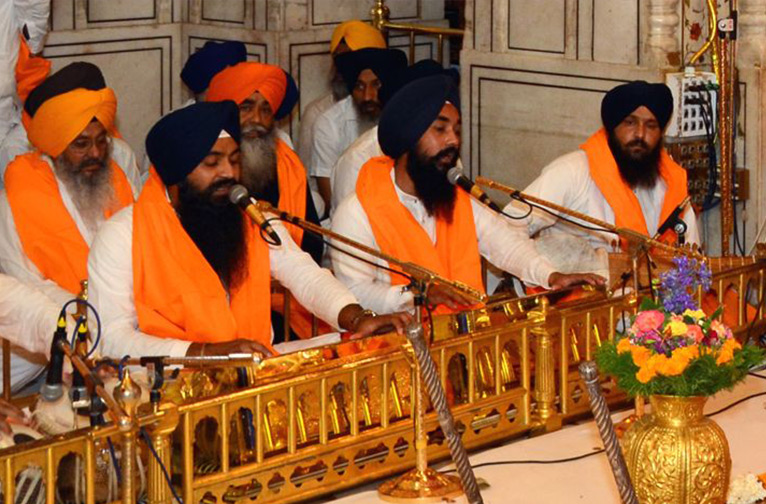
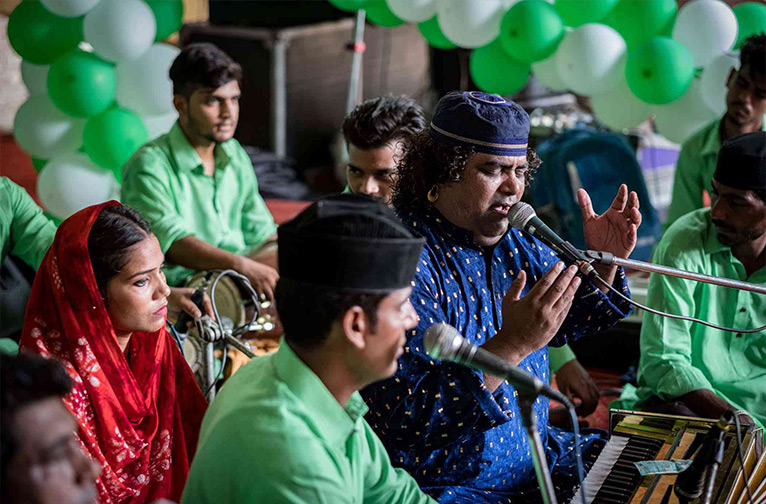
Punjab’s on vocal Hindustani classical music emerged in in the 18th and 19th century with the patronage of the Patiala court. Delhi-based Sufi singer and disciple of the Nizamuddin Auliya, Amir Khusrau, infused Punjab’s energetic and free-spirited nuances in his 'chau-mukhia' style that embraced dhrupad, khayal thumri and the taraana. The growth of the Talwandi, Sham Chaurasia, Kapurthala and Haryana Dhunga, the four Punjab gharanas, were disrupted by Partition.
The Braj region, Awadh/Lucknow, Varanasi/Banaras and Agra, in the state of Uttar Pradesh, have long been revered for their folk and classical music traditions. Lucknow’s legendary Nawab Wajid Ali Shah was a significant patron of thumri, khyala, dadra, ghazals, sher-o-shari and qawwalis at the Awadhi court.
In the Bhakti Movement are rooted the Krishna–based themes which developed into music and dance forms. The Braj region around Agra is still deeply entrenched in folk music and dance traditions. The leading inspirations here in music and dance and theatre are the legends of Lord Krishna and his beloved Radha. Unforgettable experiences of these traditions are showcased in the festivals of Janmashtami (lord Krishna’s birthday), Holi and Diwali.
No visit to Rajasthan is complete without sampling the richness of its music and dance traditions. Even your hotel is happy to organize a cultural programme which showcases some of the popular music and dance performances from around the state. An excellent place to see them in all their vigour is at the many fairs and festivals held across the state. Unmissable performances to look out for are Panihari, Pabuji Ki Panch and Mand folk music renditions developed in the Jodhpur region originally were only played in palaces to honour the Rajput royals. The style is reminiscent of the Thumri and Ghazal.
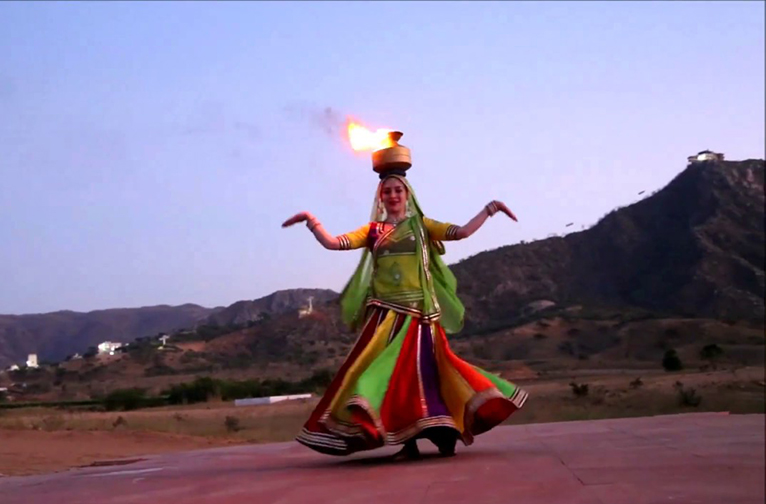
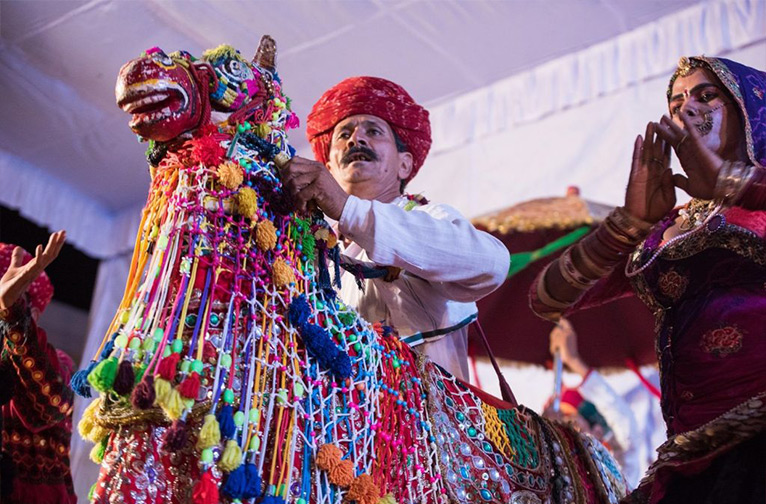
Popular musical instruments include the rawanhattha, algoza, morchang, sarangi, kamayacha, khartal, poongi, bankia, nagara and dhols, damrus and daf. Music bards have emerged from the communities such as Manganiyars and Langas, Kanjars, Banjaras and Dholies along with the Mirasis and Jogis of Mewat. Leading luminaries of the traditions are the Manganiyars and Langas who have gained fame in world music forums.
Langa styles folk music has its origins in the Jaisalmer and Barmer region. The community uses the two instruments, the kamaycha and sarangi, as accompaniments. Manganiyar community in the Jaisalmer and Barmer regions also use the dholak, khartal, kamaycha etc for the regional stories it narrates.
Manganiyars, Langas, qawwals, percussionists and sarangi artists have even performed with international musicians during a musical extravaganza organised in Jodhpur. There’s the Marwar Festival, which puts the spotlight on music and dance traditions of the Marwar region, focusing especially on battles and of heroes who stay alive through these ballads.
The emotive power of music is what binds our world together… Language is no bar when it comes to music. Its inclusiveness is why it truly makes it a borderless world. In the songs and the music live on the stories and glories of humankind in the richest possible way.